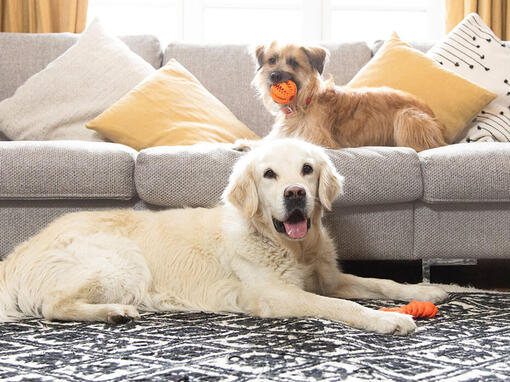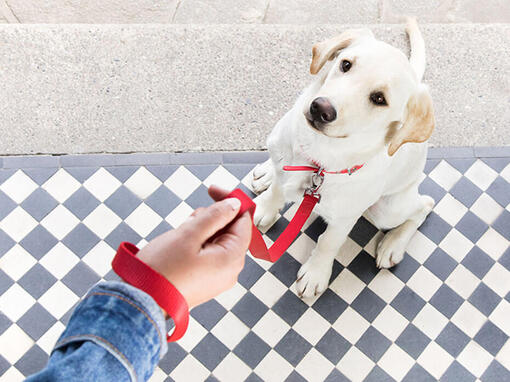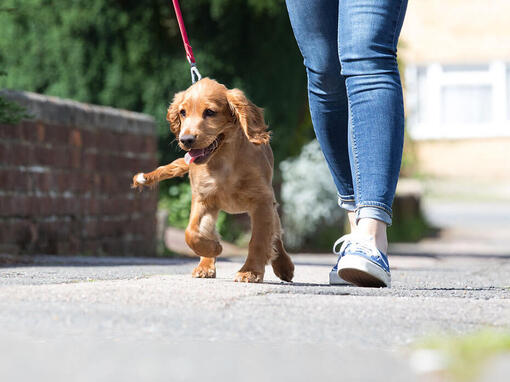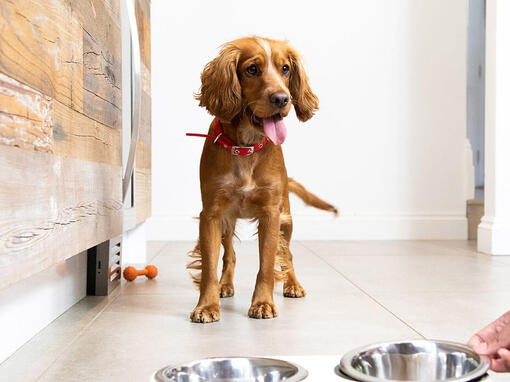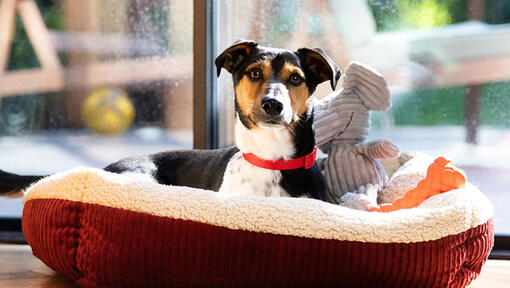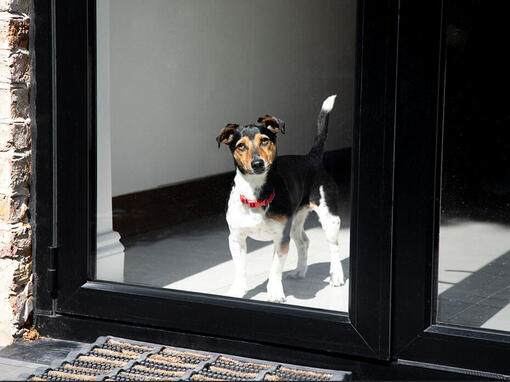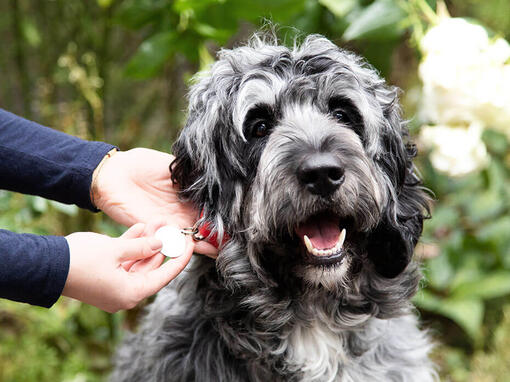Pomeranian
Country of Origin: Germany
The Pomeranian was developed by reducing the size of larger spitz types through selective breeding. While this dog originated in Germany, it was developed in England to be the size we know today. The Pom came to England in the 18th century when Queen Charlotte brought her court dogs with her from Germany. At this point, her dogs weighed about 9-14kgs but they still became firm favourites at court and by the 19th century they turned into a popular Victorian breed. In 1888, Queen Victoria was visiting Italy when she saw a few much smaller spitz dogs. She brought them home and crossed them with her existing dogs. Six of her dogs were shown at Crufts in 1891 (and not surprisingly, won). In the years that followed, the breed was intentionally shrunk smaller until they reached the size we know today.
Siberian Husky
Country or Origin: Russia
This is one of the oldest and purest of the northern-sled dogs and it is said that they have been bred in their native Siberia as long as 3000 years ago. To the natives of the area, these dogs were key to their survival and were selectively bred to be able to carry loads over long distances at great speeds. The dogs lived alongside the families and so only non-aggressive dogs that were friendly towards the children were used in this ancient breeding programme, along with only the very best sled dogs.
At the end of the 19th century, word of this ‘super dog’ reached the Americas and in 1909, a team of huskies were sent to take part in an Alaskan sled race where they easily beat the larger but slower Malamutes who had until then dominated.
During the Second World War, the breed was used as a search and rescue dog in the Arctic by the US military. The breed became increasingly popular and spread to Europe where it turned into a favourite for those with the space and ability to exercise and care for such a canine athlete.
The Pomsky can have any combination of the two breeds in their appearance, behaviour and temperament.



